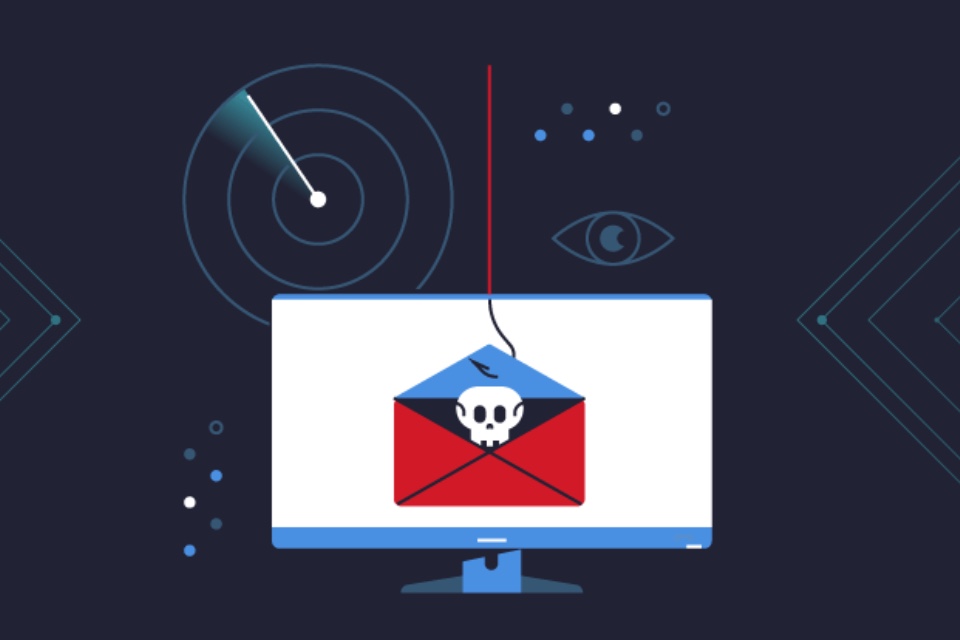How hackers get caught

Cyber criminals are intelligent, elusive individuals, making it difficult for law enforcement to track them down. Not all hackers manage to escape retribution, however. Here, Joanne Newton, deputy head of the school of computing at Arden University, explores the traps they fall in to, and how they get caught… Cyber criminals go to many lengths […]
Five top tips for improving your cyber security visibility and control

By Leyton Jefferies, Head of Security Services, CSI With an increasing number of high-profile security breaches splashed across the media, companies are now looking to improve their cyber security. As the world has become more digitally connected and working from home continues to be part of the way we work, there has become more opportunity […]
IT security in 2022 – what you need to know

By Jack Rosier of QMS International, one of the UK’s leading ISO certification bodies We’re living in the age of computers, with technology playing a more important role in our lives with each passing year. With the pandemic acting as a catalyst for increasing digitalisation, 2022 is likely to see more technology usage than ever […]
Supply chain attacks of 2022 on the rise

According to Microsoft, the goal of a supply chain attack is to ‘source codes, build processes, or update mechanisms by infecting legitimate apps to distribute malware.’ Supply chain attacks ‘begin with an advanced persistent threat that determines a member of the supply network with the weakest cyber security in order to affect the target organization.’ (CERT-UK report […]
Identify and investigate Business Email Compromise (BEC) scams

Business Email Compromise is an email-based phishing attack that specifically targets businesses and organizations to steal money, sensitive information, or account credentials. These attacks can be difficult to prevent as criminals may utilize social engineering techniques such as impersonation and intimidation to manipulate users. Threat actors will often prepare for BEC attacks by first performing […]
Ransomware Year in Review 2021

By Varonis In 2021, attacks became highly effective and impactful. At the same time, high-volume indiscriminate ransomware threats remained omnipresent throughout the year. In this post, the Varonis Threat Labs team shares what they observed in the wild while working on ransomware investigations. Overall, the team identified these five ransomware trends that shaped 2021: Ransomware-as-a-Service […]
The rise of Ransomware-as-a-Service and how organisations can protect themselves

By Keith Glancey, Head of Solutions Architect at Infoblox Over the years, ransomware has become an increasingly popular attack method for hackers looking to make a large return on investment. The COVID-19 pandemic only accelerated this problem further, opening up new opportunities for cybercriminals to cause disruption and find vulnerabilities. As businesses continue to struggle […]
International Fraud Awareness Week – Hear from the experts

Fraud is not a new concept – far from it. Since the dawn of time, fraudsters have looked to take advantage of circumstance and innocent people have fallen victim as a result. But, in our digital age, fraud is more prevalent than ever before. That’s why this International Fraud Awareness Week, we spoke to three […]
Experts reflect on how you can be cyber smart for Cybersecurity Awareness Month 2021

The overarching theme of this year’s Cybersecurity Awareness Month is “Do your part. #BeCyberSmart.” The pandemic has made the line between our online and offline lives indistinguishable. Everything we do is fuelled by technology. Our homes, our economy, the entire country. Everything is impacted by, but also at risk of, the internet. By now, everyone and […]
Cutting through the noise

By Rapid7 Imagine this, your connected devices at home and office go rogue. The car drives you somewhere else instead of home, the office devices leak intellectual property and employee data, the home appliances reveal information about those at home. The thought of this happening would probably send shivers down your spine. Though it’s only […]


